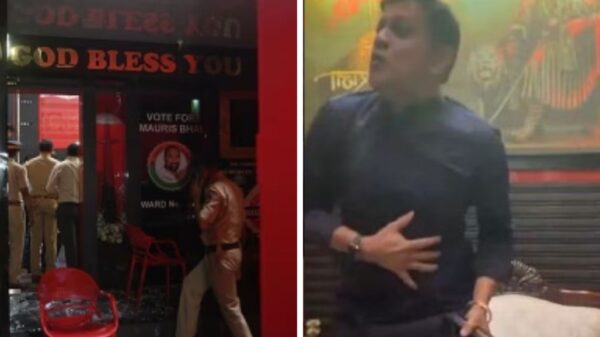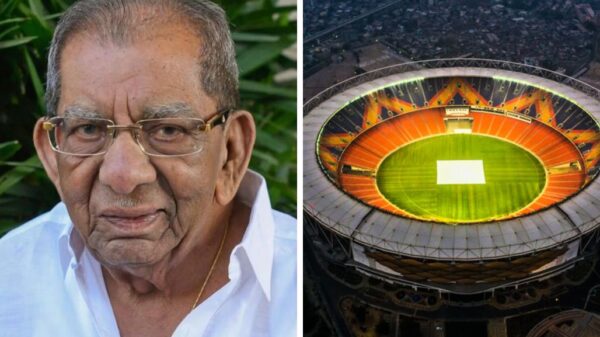Despite recent rainfall offering a brief respite, Delhi found itself grappling with ‘severe’ air quality on Tuesday, a day after Diwali celebrations. The aftermath of firecracker festivities led to a surge in pollution levels, with residents disregarding the ban on fireworks.

Source: Mint
Full Story:
The repercussions of Diwali celebrations unfolded as the Air Quality Index (AQI) in various Delhi neighborhoods hit alarming levels. RK Puram reported an AQI of 417, ITO at 430, Janakpuri at 428, and Punjabi Bagh at 410. The haze of smoky pollution returned on Monday, following the festive night, as residents flouted the ban on fireworks, contributing to the deterioration of air quality.
Adding to the concerns, Delhi experienced its coldest night of the season, with the minimum temperature plummeting to 11.8 degrees Celsius on Monday. This temperature, two degrees below the normal recorded at Safdarjung, the city’s base station, marked the coldest night since November 6. Meteorological experts from the India Meteorological Department anticipate a further drop in temperature in the coming days as winter conditions begin to set in.

Source: Hindustan Times
Kuldeep Srivastava, scientist and head of the Regional Weather Forecasting Centre, IMD, highlighted that while there might be a slight dip in night temperatures overall, the presence of sunlight could lead to a marginal rise in minimum temperature during the nights. However, he emphasized that a significant drop in minimum temperature is anticipated from the last week of November.
Expressing concern over the worsening air quality, Delhi’s environment minister, Gopal Rai, acknowledged the increase in AQI levels and outlined measures being taken. Water sprinkling is a primary focus, and emergency measures like odd-even and artificial rain are on standby. Rai asserted that if the AQI enters the ‘severe plus’ category (450+), additional measures will be considered.

Source: india.com
The blame game ensued between political parties, with Gopal Rai attributing the pollution to three factors: stubble burning, firecracker bursting, and non-compliance with the Graded Response Action Plan (GRAP) in NCR states. BJP spokesperson Shehzad Poonawalla countered, accusing the AAP of blaming Hindus, Diwali, the Center, Haryana, and Uttar Pradesh while staying silent on Punjab’s stubble burning.
While Delhi grapples with severe air quality, Mumbai recorded a comparatively ‘poor’ AQI at 127. Various areas in Mumbai, including Colaba, Bhandup, Malad, Mazagaon, Worli, Borivali, Bandra-Kurla Complex, Andheri, and Chembur, reported differing AQI levels. The pollution concern is not limited to Delhi, as evidenced by Mumbai’s air quality, reinforcing the need for a comprehensive approach to tackle air pollution on a broader scale.












































































